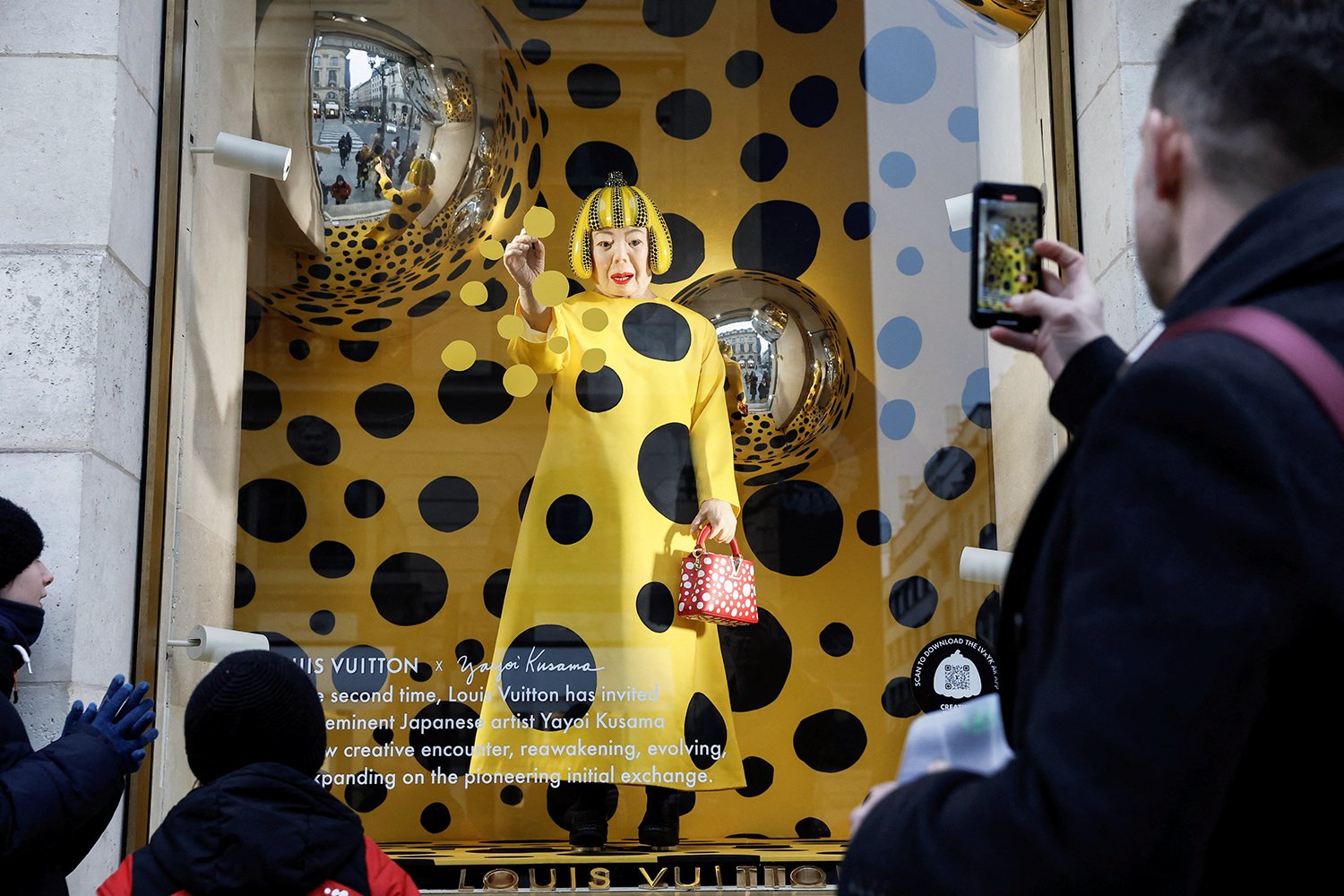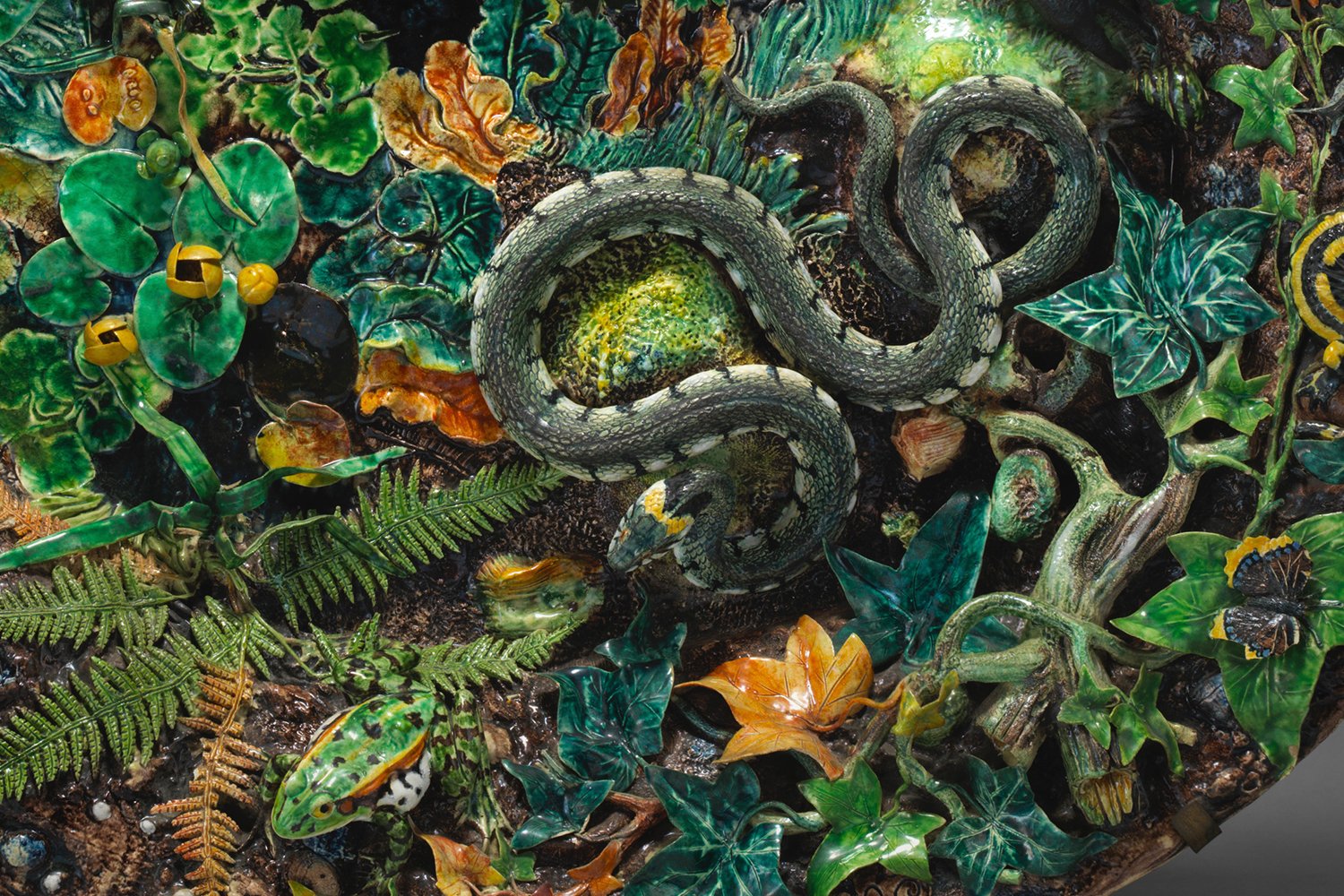Art of the Showgirl

Three artists have forever immortalized the showgirl.
Cover photo: Maquette for the show Prestige at Le Lido, gouache on paper, by René Gruau (1957). Via Christie’s (color-corrected).
Intro
Thanks to the recent series The Last Showgirl (2024) starring Pamela Anderson and Taylor Swift’s latest album The Life of a Showgirl (2025), showgirls are suddenly a hot topic. It made me wonder: what exactly is a showgirl and why does the character endure?
History of Showgirls
The showgirl was born in 18th-century Europe, most notably in France. Following the Franco-Prussian War, Paris entered the Belle Époque (“Beautiful Era”), a time of peace, prosperity, and indulgence. Evening entertainment evolved into elaborate performances of can-can and burlesque — spectacles created for a working class that could not afford the theater or opera. Female performers donned exotic costumes of feathers, sequins, and rhinestones, transforming nightlife into an art form of spectacle and seduction.
By the mid-20th century, after World War II, entrepreneurs brought the Parisian revue to Las Vegas, then a fledgling entertainment capital in the United States. America’s last traditional showgirl revue, Jubilee!, closed in 2016 after a 35-year run. Though the golden age of showgirls has passed, their image endures in public imagination — forever immortalized by three talented artists: Jules Chéret, Henri de Toulouse-Lautrec, and René Gruau.
Jules Chéret (1836-1932)
Combining art and commerce, Jules Chéret is often called the father of the modern poster. Chéret established his own lithography firm and championed the medium as a respectable artform. His clients included the Moulin Rouge and Folies Bergère, where his vibrant designs helped define fin-de-siècle Paris.
Henri de Toulouse-Lautrec (1864-1901)
Henri de Toulouse-Lautrec was a pioneering artist of French nightlife, documenting the dance halls, cabarets, and theaters of Montmartre. He was at the forefront of color lithography, producing iconic advertising posters for the Moulin Rouge that captured the movement, personality, and pulse of the era.
René Gruau (1909-2004)
Italian-born illustrator René Gruau carried the tradition of the French poster into the world of twentieth-century fashion. Working for Le Lido, Vogue, and Dior, he distilled elegance into bold lines, sweeping curves, and vivid color. His images epitomized postwar glamor, bridging fashion and fine art.
Conclusion
From Belle Époque posters to Las Vegas stages and Spotify playlists, the showgirl has never truly left the spotlight. Chéret, Lautrec, and Gruau made her into an icon who continues to captivate, shimmering between art and fantasy.





